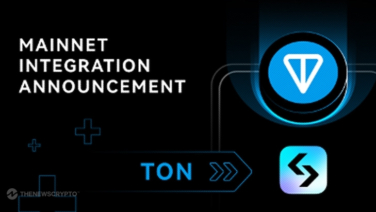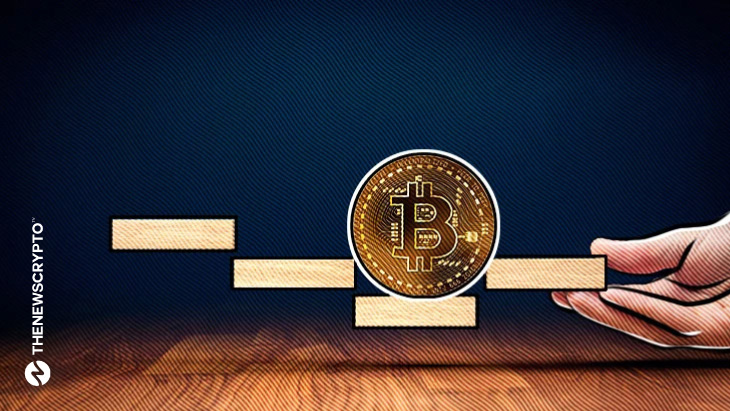When it comes to Dapps, the goal for any platform is to achieve true decentralization. This is much, much harder than it sounds, and even the most ambitious crypto platforms need a solid roadmap, significant effort, and a bit of luck for their platform to diversify enough to hand the reins off to their community.
However, Dapps are not islands. No matter the purpose of the Dapp, whether it is a DEX, a marketplace, or a game, it connects to a number of other sources of information in order to operate. While often overlooked, if a Dapp has to access information from a centralized source, using an interface managed and monitored by that source, it has lost its decentralization. Instead, it has a weak link in its decentralized web, which is now a chain with a single point of failure.
For the nature of a decentralized ecosystem to work, there have to be many different point to point interfaces, preventing the single point of failure fallacy as well as the risks of tampered data, slow transfer time, and many other issues. The good news is that the technology community has created the perfect tool to support a decentralized ecosystem: The API. Let’s dive in to see how APIs work, exactly why an API interface is so critical to Dapps, what emerging platforms can do to make sure they stay ahead of the development curve, and how some platforms such as Bware Labs and CoinGecko have prioritized API development for their users.
API Basics
The first Application Programming Interface, or API, was launched in February 2000, and was designed to act as a “internet as a service”. Since that time, APIs have become the preferred interconnects of the information ecosystem. The majority of companies do not have a core strategy and vision for their APIs as an interconnected landscape. Even for simpler businesses, this can be a fatal flaw. Coupled with unforeseen pressures such as a global pandemic, the inability to build and manage APIs can prevent businesses from adapting and surviving. On the other hand, those businesses who proactively pursued a strategy for their API landscape—such as restaurants who were suddenly required to operate on a “remote order and deliver” business model—not only survived the multiple shutdowns, but thrived and even grew in the midst of this industry killer.
But what is an API? The easiest metaper. You select whor is that of a waiter at a restaurant. You as the customer reserve a table, view the menu, and when you are ready the waiter arrives to take your ordhat you’d like from the menu, possibly requesting small tweaks to what is on the menu. The waiter will take your order (and if the requested tweaks are allowed, those too), and will pass it on to the kitchen. The kitchen prepares your food, you enjoy it, and then you pay the agreed upon price. Now liken this to information. You, the user (through a platform or interface), would like to “order” specific information from a data source; say, a current token price from a DEX. To do this, your platform will interact with the DEX’s API designed to give this information. The API is your digital waiter, and you request your order through it. It goes behind the firewall (into the kitchen), asks the system (cook) to prepare your data, and then delivers it to you. If there was a cost to the service, you pay the check.
Great metaphor, right? And it works if you think about what can go wrong, too. Your first reaction might be to look at the waiter as an extra step in the process, wasting time and resources. But what if a restaurant allowed its guests to freely roam around the kitchen and request their meal directly. It would create congestion, someone would inevitably put their dirty hand into a bowl of food, and the odds of someone stealing a few pieces of the choice steaks goes way up. It’s a nightmare scenario, and it would close down the restaurant. We will leave it to you to make the connection to a data example: pure chaos, service bottlenecks, security breaches, and probably a fire by the end of the day.
APIs are Perfect for Dapps
Now that you know what Dapps are, you can see how the well understood, streamlined standards can create an efficient experience for both platforms and their users. In addition to providing secure corridors for data, APIs create easy to use, direct connections in a peer to peer manner. There is no need for a centralized architecture with APIs. Any entity can choose to build an API where other entities or customers can connect and share specific data. Without this architecture, a fully decentralized Dapp is completely crippled by their centralized bottleneck of data flow. The fact is, blockchain-based Dapps almost always require data from other sources. Creating an API-based strategy right away allows this to happen faster and more reliably. And these other sources are likely evolving as well, so a direct, non-API connection would fail as soon as someone changes a variable or file name on their side. APIs are outward facing so the requestor doesn’t need to understand the inner workings of a data source or platform they are interfacing with. All they need to know are the key elements of the API.
Strategies for Solid Dapp Development
How does a platform get started? For most platforms, it helps to have someone on the team already experienced in API development. But for decentralized platforms, interacting with an API means having access to the data, and that almost always means first operating a node. This can certainly set back those developers partnering with a platform to develop APIs for external customers or for their own use. Platforms are looking for ways to make this easier in order to encourage development by their users, and a more robust platform overall. An architecture shift directly addressing this is Bware Labs, suggests a decentralized approach where blockchain users and developers can be an API consumer or Node Provider.By being a Node provider you are able to generate rewards.This is a novel setup and can lead to massive growth.
Wrapping Up
Decentralization is a clear trend for platforms, and will only increase as users see the significant benefits that come with not having to rely on the centralized bottlenecks, single points of failure, and potentially unfair access denial. But without APIs, decentralization is simply moving the centralization upstream. APIs are a core function for decentralized platforms to thrive, and with leading ecosystems finding ways to encourage their use, we are that much closer to realizing the full power of blockchain.






